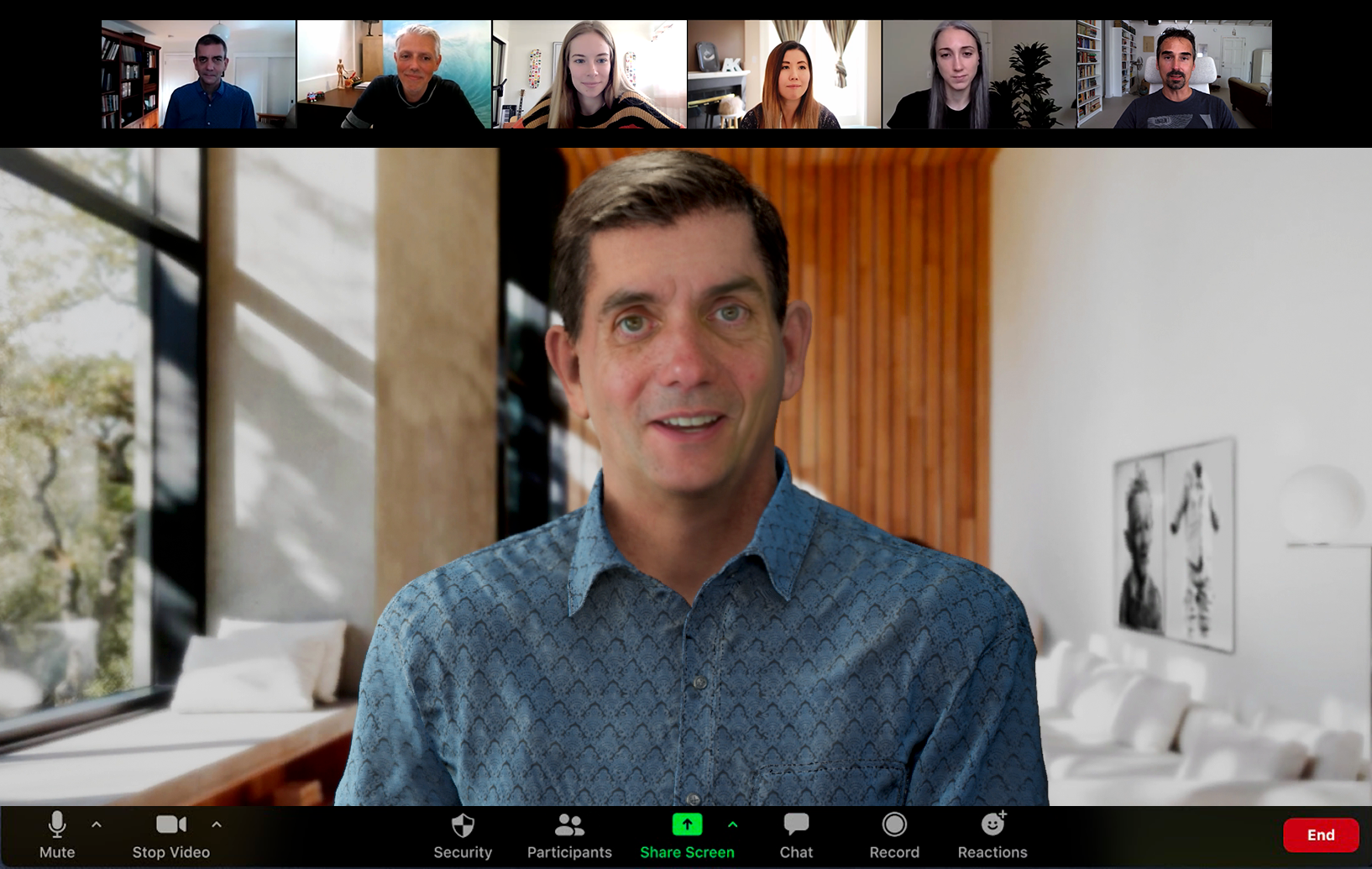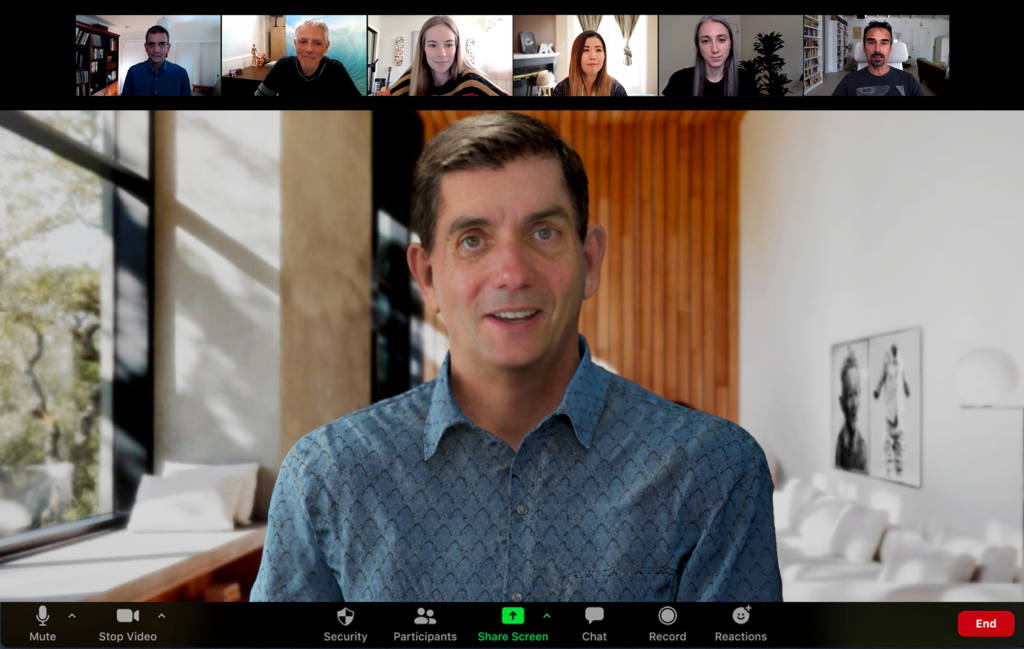Oscar-winning VFX studio Digital Domain has shared its under development project creating new dimension in human-to-machine interactions. Its realistic realtime autonomous digital human ‘Douglas’ can make easy and natural conversations. Digital Domain says that Douglas can have uncanny facial realism and it can also replicate anyone’s voice with only 30 minutes of audio and/or take on their face with only 10 minutes of video.

To see Douglas in action, click here.
The press release follows:
Los Angeles, CA—Digital Domain announces “Douglas,” the most realistic realtime autonomous digital human in the world. Currently in development, Douglas was designed to break down the barriers in human-to-machine interactions, yielding conversations that feel natural and easy. With unmatched facial realism, Douglas is chameleon-like in its ability to switch faces, providing future customers with even more flexibility when it hits the market in 2021.
“Everywhere you look you see virtual assistants, chatbots and other forms of AI-based communication interacting with people,” said Darren Hendler, director of Digital Humans Group at Digital Domain. “As companies decide to expand past voice-only interactions, there’s going to be a real need for photorealistic humans that behave in the ways we expect them to. That’s where Douglas comes in.”
Douglas uses numerous types of machine learning and Digital Domain R&D to reproduce the most common mannerisms people expect to see in a lifelike digital human. By focusing on language processing, expressions, vision tracking and more, Douglas can do everything from leading conversations to remembering people. And because Douglas’ response rate is currently the same as Alexa and Siri, these conversations have a natural flow, removing the long pauses that slow other autonomous digital humans down.
While perfect for any project that requires facial realism, Douglas will be especially helpful to companies who need an avatar to answer questions or help customers with repetitive tasks. The current version can already connect to any chatbot or assistant system, bringing a friendly face and an emotionally intelligent response to realtime interactions. Once finished, this technology can be easily deployed online, in meeting platforms, or in kiosks around the globe.
Douglas is the latest technology built off the likeness of Senior Director of Software R&D, Dr. Doug Roble, which has already led to several advancements in both realtime digital humans and AI facial capture. By comparing Douglas to the real-life Roble, Digital Domain has been able to advance the realism of their design as they prepare the technology for wider use.
To create Douglas, Roble submitted to over a hundred hours of performance capture, including a live book reading that logged his voice and expressions. A neural rendering tool was also trained by taking photos of Roble in a variety of lighting conditions. From this data, the tool can now deliver levels of realism that would have been impossible to achieve before with traditional techniques, including replicating the mannerisms of another person with only few expressions. In recent months, the team has begun swapping out faces and trying on new voices, an edit that only requires 30 minutes of audio or 10 minutes of video.
“Douglas has introduced a level of realism unseen before in the autonomous human world, even before it comes to market,” said Daniel Seah, chief executive officer of Digital Domain. “As Digital Domain continues to expand our R&D into facial capture and autonomous behavior, we’ll be able to extend these innovations out to consumers and tech partners who are looking to enhance virtual human capabilities beyond simple voice recognition applications.”
Digital Domain is scheduling demos now and is interested in all opportunities around Douglas including investments, partnerships, and client work. To schedule a call (or talk to Douglas), please contact [email protected].






